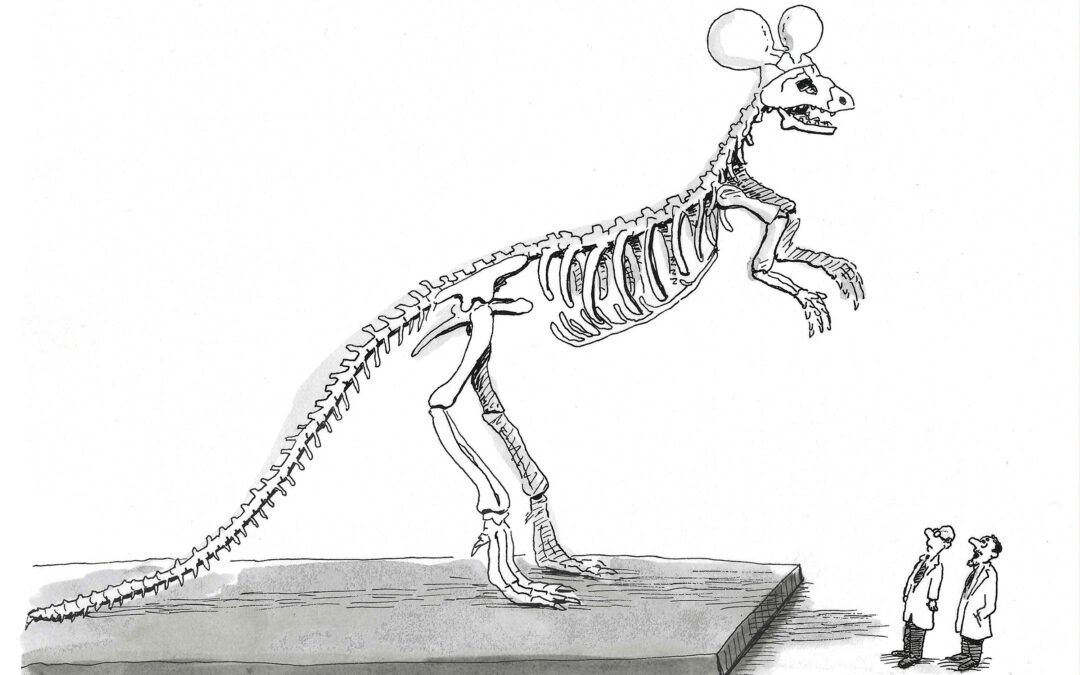Introduction:
Throughout my career in consulting digital and cloud business solutions, particularly Microsoft Dynamics, I have always been fascinated by the cross-pollination of concepts from diverse disciplines. I really have fun learning fundamental concepts and using them as mental models, allowing me to apply them to different areas. One such principle that I come back to from time to time is taken from the field of Biology and can be seamlessly applied in the realm of technology-driven innovation – “Exaptation.”
Understanding Exaptation:
Exaptation refers to a phenomenon where a trait or feature, originally evolved for one purpose, unexpectedly serves a completely different function, providing a significant advantage. This concept has fascinating implications in the world of technology. Just as biological traits can evolve for unforeseen purposes, technology can be repurposed to create revolutionary innovations. In this article, we will explore how the principle of exaptation applies to the progress of technology, even in areas unrelated to Microsoft products.
Serendipitous Discoveries:
In both biology and technology, serendipitous discoveries often lead to remarkable breakthroughs. Traits or solutions that were initially designed for one specific use may surprisingly find new applications. For instance, diverse technologies can reveal unexpected potentials when creatively explored, leading to innovative solutions that address unique challenges.
Adaptation and Iterative Development:
Evolution in biology involves adaptation over time, enabling species to thrive in their environments. Similarly, technology evolves through continuous adaptation and iterative development. Solutions can be reshaped to meet diverse needs, unlocking entirely new functionalities that were not part of the original design.
Leveraging Existing Frameworks:
Exaptation capitalizes on existing structures to bring about novel functionalities. Likewise, technology-driven innovation often involves leveraging existing frameworks and tools to achieve transformative results. By creatively integrating different technologies, businesses can discover ingenious solutions to tackle complex problems.
Embracing Unconventional Solutions:
In biology, exaptation often leads to surprising solutions that propel species to success. Similarly, in the technology landscape, embracing unconventional approaches can spark transformative innovations. Exploring different possibilities can lead to groundbreaking methods that revolutionize business processes and drive growth.
Exaptation in Uber’s Evolution:
An excellent real-world example of technological exaptation can be seen in the case of Uber. Initially designed as a platform to compete with traditional taxi and car rental services, Uber evolved beyond its original purpose. As it gained popularity, people started using Uber not just as an alternative to existing transportation options but also as a replacement for car ownership.
The convenience, affordability, and accessibility offered by Uber transformed how people approached transportation. Many individuals embraced this new service and gave up their cars altogether, relying solely on Uber for their commuting needs. Uber’s evolution from a mere competitor to a disruptor of car ownership exemplifies the power of exaptation in technology.
Summed up:
In conclusion, the concept of exaptation, drawn from the field of biology and evolution, offers valuable insights into driving innovation through technology. Just as biological traits can evolve for unexpected purposes, technology can be repurposed to serve new and transformative functions.
Embracing serendipitous discoveries, adaptation, leveraging existing frameworks, and embracing unconventional solutions can unlock unprecedented opportunities for technological advancements. As we harness the power of exaptation, technology becomes a catalyst for continuous improvement and growth. By staying open to novel ideas and approaches, businesses can unlock the true potential of technology and pave the way for a successful and innovative future.

